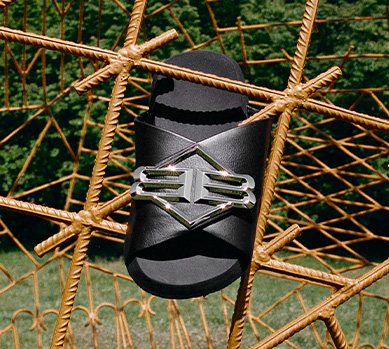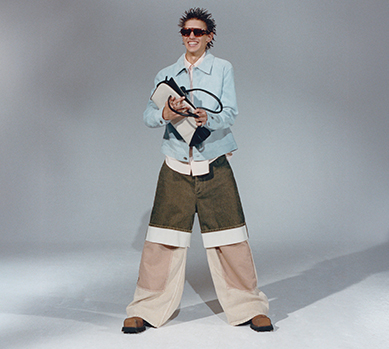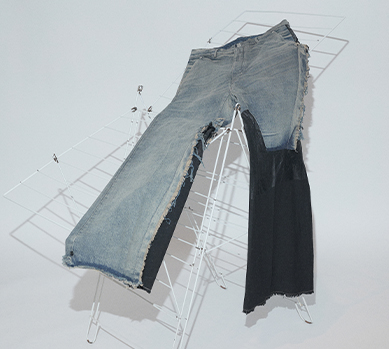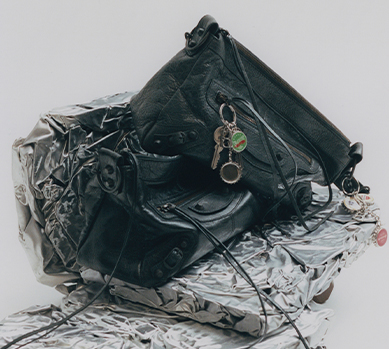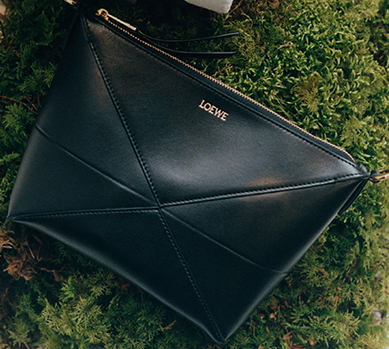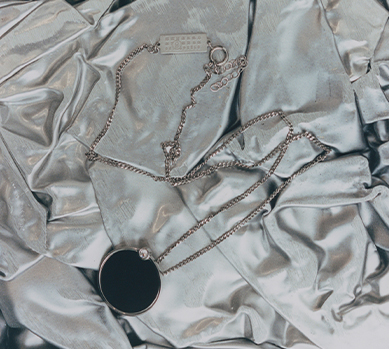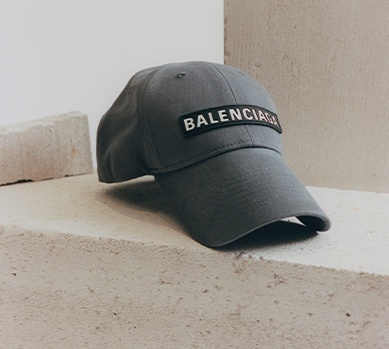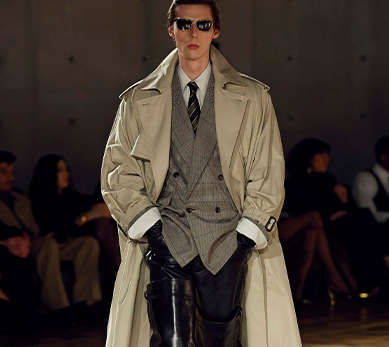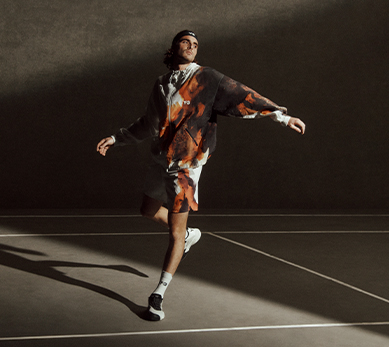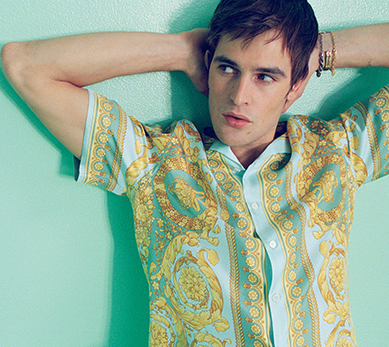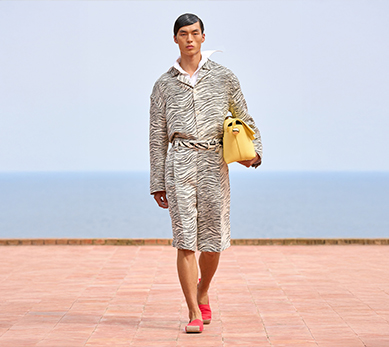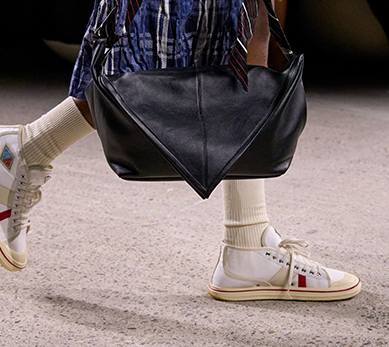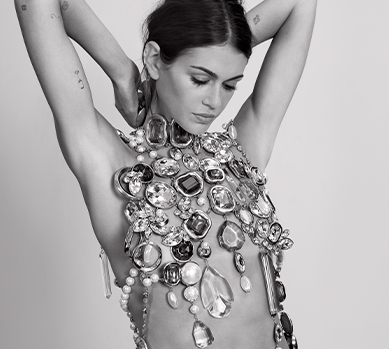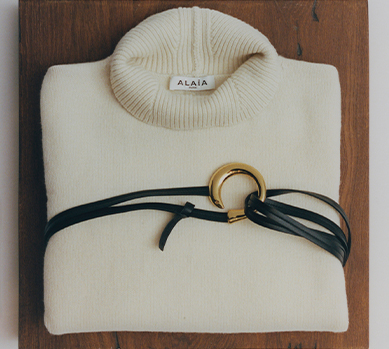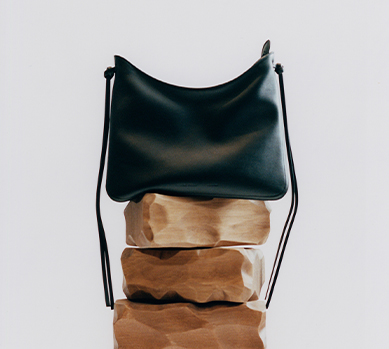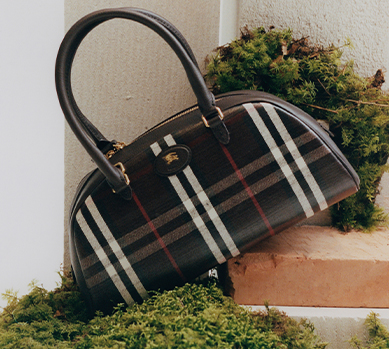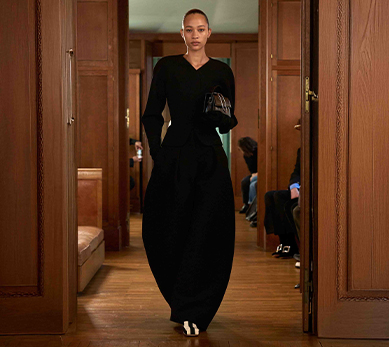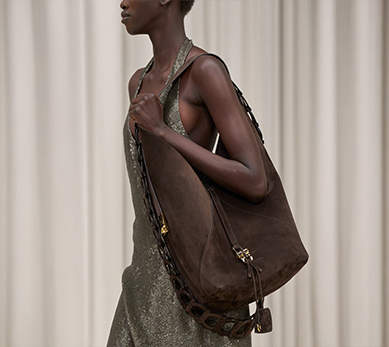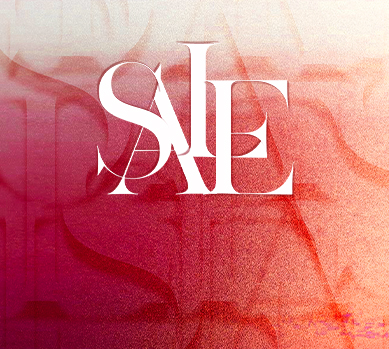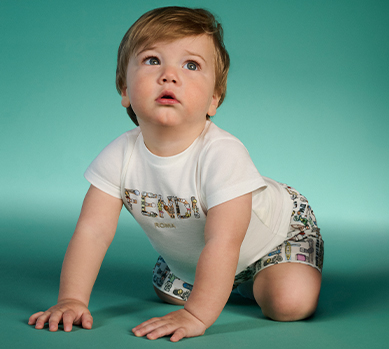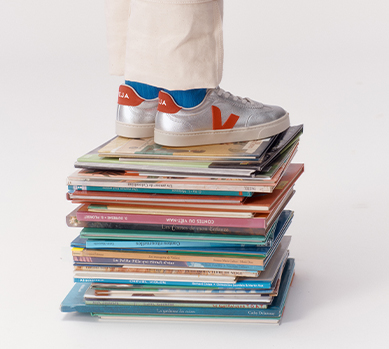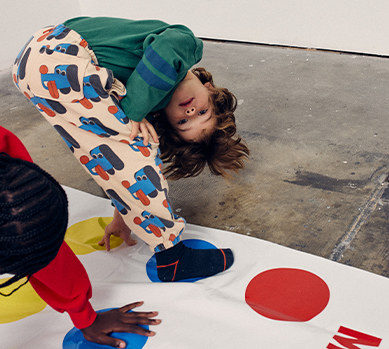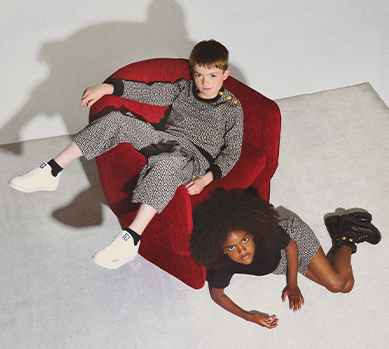American fashion: from Levi's denim to Off-White luxury
Fashion

American fashion is a story of freedom, success, and individuality. Discover the phenomenon that conquered the globe.
American fashion is more than just apparel; it's a global cultural phenomenon that has shaped the way the world dresses for decades. From the effortless cool of denim to the polished elegance of preppy style, American brands don't just sell clothes—they sell a narrative. It's a story of success, individualism, and boundless possibilities, distilled into the cut of a polo shirt or the wash of a pair of jeans. Behind every label lies a meticulously crafted image that resonates with a universal desire for a taste of luxury—a luxury that feels approachable, accessible, and distinctly modern.
A closer look at these brands reveals a fascinating paradox. On one hand, their foundation is the democratization of fashion, taking it from elite salons to the streets. On the other, they have redefined the very concept of status, transforming everyday garments into symbols of prestige. Examining their strategies, heritage, and cultural impact allows us to understand why American style remains such a potent force in the global fashion industry.
The foundations of American style: from pragmatism to pop culture
The roots of American fashion are deeply embedded in pragmatism and functionality. Unlike European fashion houses, which historically centered on haute couture, American design grew out of necessity. The quintessential example is denim. Brands like Levi's revolutionized the industry by introducing jeans—originally the uniform of laborers—into the mainstream wardrobe. This was a groundbreaking shift. Durable, practical trousers became a canvas for personal expression.
By the mid-20th century, thanks to cinematic icons like James Dean and Marlon Brando, jeans transcended their utilitarian origins to become a manifesto of rebellion and a symbol of youthful independence. This moment defined a core tenet of American fashion: the ability to imbue everyday items with profound cultural meaning. The practical became aspirational.
Simultaneously, sportswear was emerging as a fundamental contributor to the American design DNA. Champion, the inventor of the hoodie, revolutionized athletic apparel, while the early influence of Nike and Converse began to blur the lines between the court and the sidewalk. Comfort and performance, once exclusive to athletes, became synonymous with a modern, active lifestyle.
Architects of the American Dream: classics reimagined
No brand embodies the "American Dream" more perfectly than Ralph Lauren. Its founder wasn't just selling clothes; he was selling a complete vision of a life well-lived. It was a world of elite equestrian clubs, weekends in the Hamptons, and an Ivy League education, solidified through partnerships with Olympic teams. Lauren made this aspirational world accessible to anyone who could buy a polo shirt, creating a lifestyle brand that offered aspiration in its purest form.
Tommy Hilfiger followed a similar trajectory, though with a different spin. His is a classic rags-to-riches story of a man who built an empire from the ground up. Hilfiger embraced a more youthful interpretation of the American aesthetic, and his signature red, white, and blue palette became an instantly recognizable symbol. The brand achieved spectacular success in the 1990s by masterfully merging preppy style with the burgeoning influence of hip-hop culture. This adaptability and willingness to draw from subcultures made the brand a global phenomenon. Its recent resurgence, fueled by collaborations like Tommy Hilfiger x Gigi Hadid, demonstrates the enduring power of its heritage.
In this male-dominated landscape, the female perspective was equally transformative. Donna Karan, with her DKNY label, defined the wardrobe of the modern, working woman in New York City. Her "seven easy pieces" concept was the essence of urban pragmatism—a capsule wardrobe that seamlessly transitioned from the boardroom to an evening out. Meanwhile, Gap democratized American casual style, making it accessible to the masses and defining the clean, minimalist aesthetic of the 1990s.
The aesthetic revolution: minimalism, provocation, and a new definition of luxury
While Lauren and Hilfiger built their empires on classicism, Calvin Klein forever altered the course of American fashion with his stark minimalism and daring provocation. His designs were characterized by clean lines, simple forms, and a muted, neutral palette.
However, his true revolution came through his advertising campaigns. Controversial, charged with sensuality, and often bordering on scandalous, they redefined sex appeal in fashion. Klein elevated basics like underwear and jeans to the status of coveted luxury items, single-handedly creating the designer jeans market. His cool, urban aesthetic offered a compelling alternative to Ralph Lauren's sun-drenched optimism, proving that American fashion could be conceptual and provocative. This very contrast—between Lauren's aspirational idealism and Klein's raw realism—defined the spectrum of American premium fashion for decades.
Streetwear: from subculture to global phenomenon
One of the most significant movements of the last few decades has been the evolution of streetwear. What began in niche skate and hip-hop subcultures has exploded into a dominant force in fashion. To discuss American streetwear without mentioning Supreme would be like telling the story of French fashion without Chanel. The brand evolved from a small skate shop into a global luxury phenomenon, defining a business model built on limited-edition "drops" and highly coveted collaborations, such as its partnerships with The North Face.
The genre's pioneer, Stüssy, organically fused surf and skate culture with a fashion-forward sensibility. More recently, Off-White, founded by Virgil Abloh, bridged the gap between the street and the luxury runways of Paris, ultimately redefining both worlds (learn more about the brand). With its inherent nonchalance and emphasis on authenticity, streetwear has become the new language of luxury. Its power is also deeply rooted in hip-hop culture, which not only adopted existing brands but also gave rise to its own, such as FUBU and Rocawear, transforming artists into influential figures in the industry.
Athleisure: the new American uniform
The contemporary evolution of sportswear is the athleisure phenomenon—now one of America's most potent cultural exports. This style has completely erased the boundary between the gym and the street, establishing a new global standard for comfort. Brands like Nike and Lululemon (a Canadian brand that has nonetheless dominated the U.S. market) have elevated athletic apparel to the status of a daily uniform. Leggings, sports tops, and technologically advanced sneakers are no longer reserved for workouts. They have become staples for the office, social outings, and errands, symbolizing a healthy, dynamic, and modern lifestyle. Athleisure is the ultimate triumph of function over formality—an idea that lies at the very core of American design.
The new guard and the redefinition of the American myth
Today, the classic "American Dream," built on individual success, is being challenged and redefined by a new generation of designers. They are infusing fashion with conversations about identity, community, and politics in ways that legacy brands often avoided. The prime example is Telfar Clemens and his iconic tote bag, dubbed the "Bushwick Birkin."
Its motto—"Not for you, for everyone"—is a manifesto for inclusive luxury that rejects elitism in favor of community. The success of Telfar demonstrates that for today's consumers, values and a sense of belonging to an authentic community are as important as the product itself. This new guard proves that the story of American fashion is not a closed chapter but a narrative that continues to be written.
Challenges in the digital age: From DTC to a culture of values
Maintaining a leadership position in a rapidly evolving market requires constant adaptation. Traditional American brands now face a host of new challenges. One is the rise of Direct-to-Consumer (DTC) brands, which bypass traditional retail to build direct relationships with customers, offering the transparency demanded by a new generation.
Simultaneously, the marketing landscape has shifted. The narrative has moved from Ralph Lauren's idealized imagery and Calvin Klein's provocative scandals toward authenticity, diversity, and inclusivity. Brands must now navigate "woke" and "cancel culture," where a single misstep can trigger a public relations crisis. Furthermore, there is mounting pressure for sustainability. Consumers are demanding transparent supply chains and ethical production, forcing industry giants to re-evaluate their business models.
Key takeaways
- American fashion is a global cultural force that shapes how the world dresses by selling narratives of success and individualism. It merges the democratization of style with the creation of status symbols, offering an aspirational yet accessible luxury.
- The roots of American fashion lie in pragmatism and functionality, evident in the evolution of Levi's denim from workwear to a symbol of rebellion. Sportswear, pioneered by brands like Champion and Nike, elevated comfort and practicality to new heights.
- Fashion architects like Ralph Lauren built empires by selling comprehensive visions of an aspirational lifestyle, blending classic style with accessibility. In contrast, Calvin Klein revolutionized the industry with minimalism and provocative campaigns, redefining sex appeal.
- Streetwear has evolved from a niche subculture into a global phenomenon (e.g., Supreme's limited-drop model), while athleisure has blurred the lines between the gym and the street. Both are key contemporary movements in American fashion that influence global lifestyles.
- Facing the challenges of the digital age, American fashion brands are focusing on the DTC model, authenticity, diversity, inclusivity, and sustainability, thereby redefining the "American Dream" for modern consumers.

